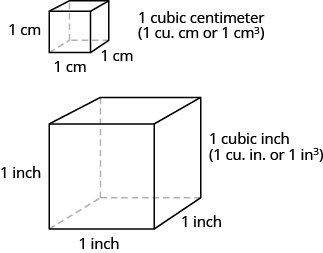| << Chapter < Page | Chapter >> Page > |
Before you get started, take this readiness quiz.
In this section, we’ll continue working with geometry applications. We will add some more properties of triangles, and we’ll learn about the properties of rectangles and trapezoids.
When you measure your height or the length of a garden hose, you use a ruler or tape measure ( [link] ). A tape measure might remind you of a line—you use it for linear measure , which measures length. Inch, foot, yard, mile, centimeter and meter are units of linear measure.

When you want to know how much tile is needed to cover a floor, or the size of a wall to be painted, you need to know the area , a measure of the region needed to cover a surface. Area is measured is square units . We often use square inches, square feet, square centimeters, or square miles to measure area. A square centimeter is a square that is one centimeter (cm) on each side. A square inch is a square that is one inch on each side ( [link] ).

[link] shows a rectangular rug that is feet long by feet wide. Each square is foot wide by foot long, or square foot. The rug is made of squares. The area of the rug is square feet.

When you measure how much it takes to fill a container, such as the amount of gasoline that can fit in a tank, or the amount of medicine in a syringe, you are measuring volume . Volume is measured in cubic units such as cubic inches or cubic centimeters. When measuring the volume of a rectangular solid, you measure how many cubes fill the container. We often use cubic centimeters, cubic inches, and cubic feet. A cubic centimeter is a cube that measures one centimeter on each side, while a cubic inch is a cube that measures one inch on each side ( [link] ).

Suppose the cube in [link] measures inches on each side and is cut on the lines shown. How many little cubes does it contain? If we were to take the big cube apart, we would find little cubes, with each one measuring one inch on all sides. So each little cube has a volume of cubic inch, and the volume of the big cube is cubic inches.


Notification Switch
Would you like to follow the 'Prealgebra' conversation and receive update notifications?